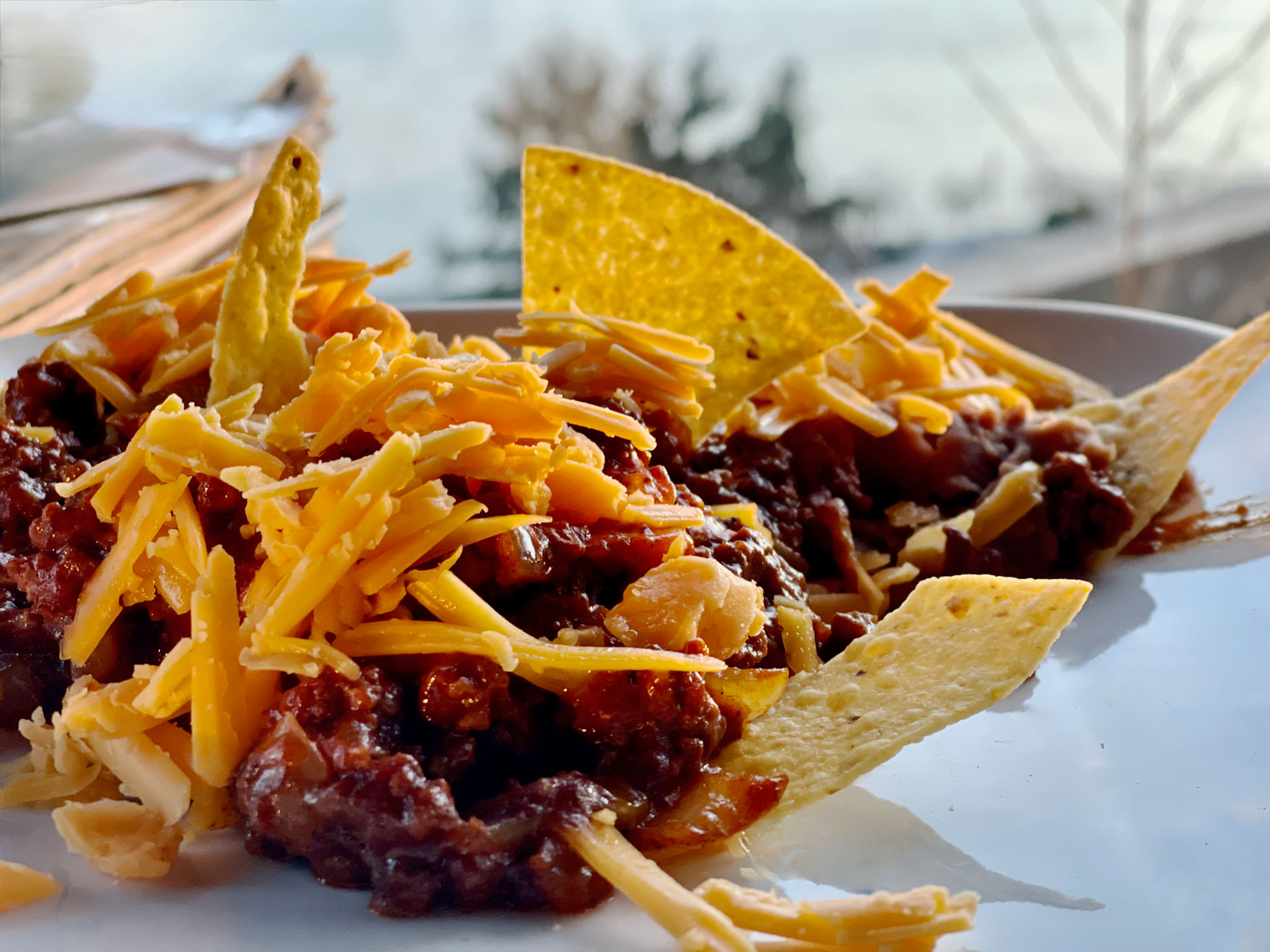Comparing Tex-Mex and Traditional Mexican Cuisine: What Sets Them Apart?
Understanding the Roots: Tex-Mex and Traditional Mexican Cuisine
When it comes to flavorful and diverse food cultures, both Tex-Mex and traditional Mexican cuisine stand out. While these two share some common ingredients and techniques, they are distinct culinary traditions with unique flavors and histories. Understanding what sets them apart can help you appreciate each style more fully.
Traditional Mexican cuisine has a rich history that dates back thousands of years, combining indigenous ingredients and cooking methods with influences from Spanish colonization. Tex-Mex, on the other hand, is a relatively modern fusion that blends Mexican culinary traditions with American tastes and ingredients.

Ingredients: A Key Differentiator
One of the most noticeable differences between Tex-Mex and traditional Mexican cuisine is the ingredients used. Traditional Mexican dishes often rely on native ingredients such as corn, beans, chili peppers, and tomatoes. These components form the backbone of many classic recipes like tacos, tamales, and mole.
Tex-Mex cuisine incorporates American ingredients like ground beef, cheddar cheese, wheat flour, and cumin. These elements were not traditionally part of Mexican cooking but have become staples in Tex-Mex dishes such as enchiladas, nachos, and chili con carne.
Flavor Profiles: Subtle vs. Bold
The flavor profiles of Tex-Mex and traditional Mexican cuisine also differ significantly. Traditional Mexican food tends to focus on subtle, complex flavors achieved through slow cooking and the use of fresh herbs and spices. Dishes like mole poblano or cochinita pibil are celebrated for their depth of flavor.

Tex-Mex is known for its bold, hearty flavors. It often includes heavier use of cheese, sour cream, and spices like cumin, which are less prevalent in traditional Mexican cooking. This results in a flavor profile that is robust and satisfying to many palates.
Preparation Techniques: Authenticity vs. Adaptation
Traditional Mexican cuisine often involves labor-intensive preparation techniques that have been passed down through generations. Handmade tortillas, slow-cooked meats, and complex sauces are common in authentic Mexican kitchens.
Tex-Mex cuisine tends to simplify some of these processes to accommodate faster-paced American lifestyles. For instance, store-bought tortillas might replace homemade ones, and quicker cooking methods are often employed. Despite this simplification, Tex-Mex still delivers on flavor.

Regional Influence: Local Tastes
The regional influence plays a significant role in shaping both cuisines. Traditional Mexican dishes vary widely across different states in Mexico, reflecting the diverse climates and local ingredients available. For example, coastal regions might feature more seafood-based dishes.
Tex-Mex originated in Texas and reflects the state's unique cultural blend of Mexican and American influences. As a result, it features a mix of flavors and ingredients that cater to local tastes while maintaining a nod to its Mexican roots.
The Global Appeal
Both Tex-Mex and traditional Mexican cuisine have gained enormous popularity worldwide. Each brings its own appeal—whether it's the authenticity and depth of traditional Mexican dishes or the bold, comforting flavors of Tex-Mex.
Ultimately, both cuisines deserve a place on your table. By understanding their differences and appreciating their unique qualities, you can enjoy the best of both worlds.
